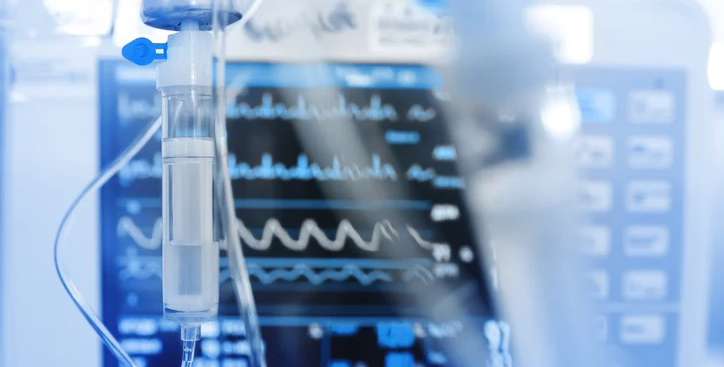March is Bleeding Disorders Awareness Month, and it’s an important time to reevaluate your team’s knowledge of common bleeding disorders, their symptoms and the unique challenges they present for EMS personnel during airway suctioning and treatment.
Performing comprehensive respiratory assessments can detect problems before they become emergencies. Additionally, in hypoxic patients or those with airway obstructions, a respiratory assessment provides important information about the patient’s status and clues about next treatment steps.
While the mortality rate of aspiration pneumonia depends on complications of the disease, the 30-day mortality rate hovers around 21%, with a higher rate of 29.7% in hospital-associated aspiration pneumonia. For uncomplicated pneumonia, the mortality rate is still high, hovering around 5%.

Suctioning can prevent a wide range of severe complications and can save lives in emergencies. But like all medical procedures, it carries some risks. One analysis found a complication rate of 38.6 percent in routine endotracheal suctioning, though a less invasive procedure reduced complications to 28.6 percent.

![]() WARNING: Some products sold on SSCOR's website can expose you to chemicals known to the State of California to cause cancer and birth defects or other reproductive harm. For more information, go to www.P65Warnings.ca.gov.
WARNING: Some products sold on SSCOR's website can expose you to chemicals known to the State of California to cause cancer and birth defects or other reproductive harm. For more information, go to www.P65Warnings.ca.gov.
SSCOR Inc. | 2125 N. Madera Rd. Unit C, Simi Valley, CA 93065 USA | T 818-504-4054 | Email: sales@sscor.com
![]()
Images and content of this site are copyright 2024 SSCOR, Inc. All rights reserved.